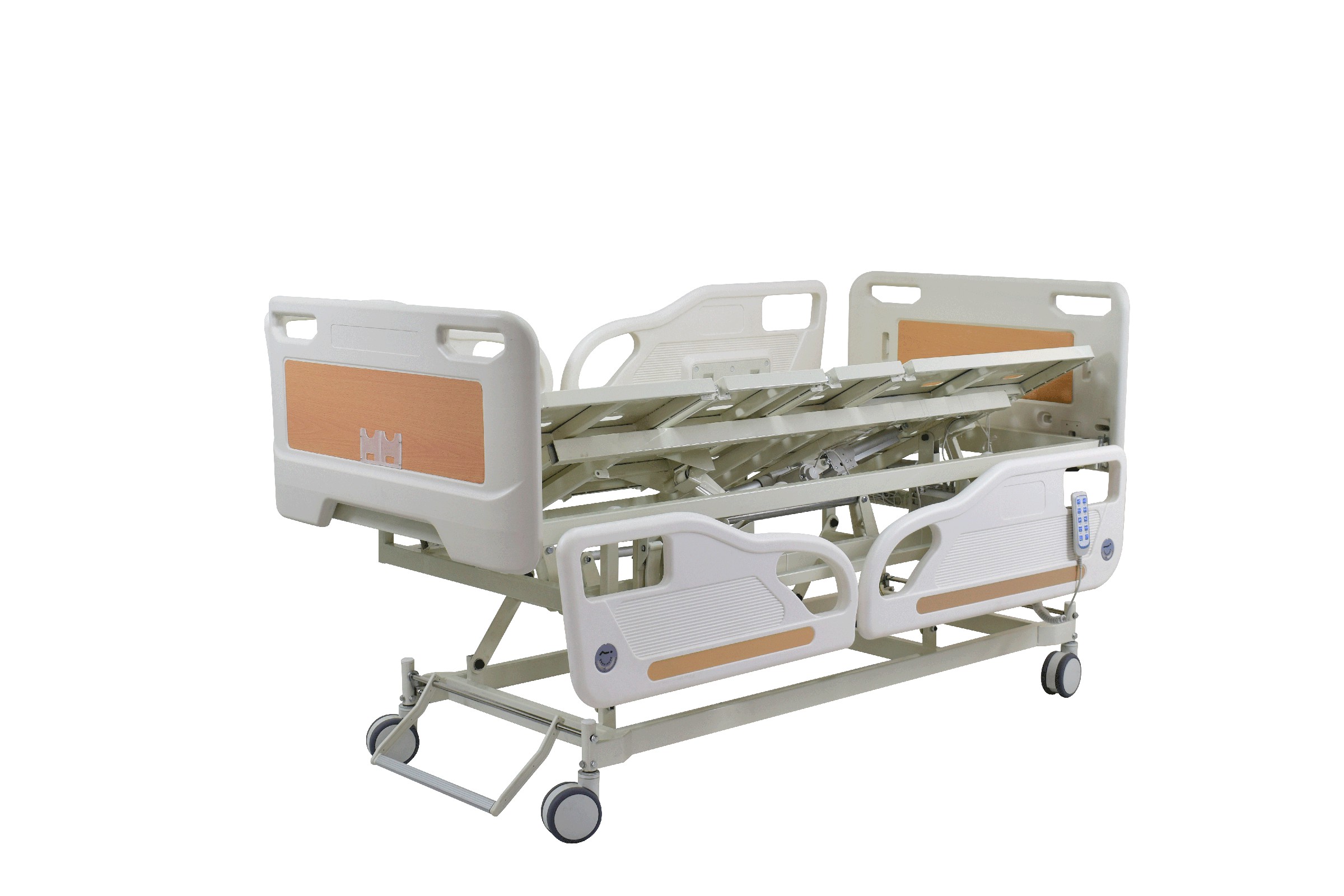Welcome to our websites!
Exploring Various Models of Rollators for Enhanced Mobility and Independence
Understanding Different Types of Rollators
Rollators are mobility aids designed to enhance the independence of individuals with mobility challenges, offering a stable option for walking and support. Available in various types, each rollator caters to different needs and preferences. Understanding these types can help users choose the right rollator for their lifestyle and physical requirements.
1. Standard Rollators
Standard rollators are equipped with three or four wheels, providing stability and ease of movement. They typically feature hand brakes, a seat for resting, and a storage pouch or basket for carrying personal belongings. These rollators are ideal for users who require minimal support while walking, as they allow for a natural gait and give users the confidence to move about independently.
Standard rollators are often lightweight and foldable, making them easy to transport and store. They are suitable for both indoor and outdoor use, providing flexibility for those who enjoy leisurely walks or need assistance while shopping.
2. Heavy-Duty Rollators
Heavy-duty rollators are designed for individuals who require more robust support due to increased weight or health conditions that limit mobility. These rollators typically have reinforced frames, wider seats, and larger wheels to accommodate greater weight capacities, often designed to support individuals weighing up to 500 pounds.
These rollators provide enhanced stability and comfort, making them suitable for both indoor settings and more rugged outdoor terrains. The larger wheels can navigate uneven surfaces with ease, while the wider seat offers more resting space.
Indoor rollators are tailored for use within the home. They usually have smaller wheels and a compact design, making them easy to maneuver in tight spaces and around furniture. Many indoor models come with adjustable handlebars, which ensure that users can find the most comfortable height.
different types of rollators

These rollators often have features like a narrower frame and a lightweight design, making them especially suitable for use in hallways and living rooms. Additionally, many indoor rollators focus on ease of use and portability, allowing users to transport them from room to room without hassle.
4. All-Terrain Rollators
For those who enjoy outdoor activities or live in areas with uneven terrain, all-terrain rollators are the best choice. Equipped with larger, sturdier wheels, these rollators are designed to handle various surfaces like grass, gravel, and dirt trails.
All-terrain rollators often come with additional features such as shock-absorbing systems to enhance comfort, even on bumpy paths. Users can expect a higher level of durability, with frames constructed from strong materials that can withstand harsh elements.
5. Transport Rollators
Transport rollators, also known as rollator wheelchairs, combine the functionality of a rollator and a wheelchair. These models typically have four wheels and can be pushed by a caregiver or used by the individual for walking short distances. They often feature a lightweight frame and are designed to be portable, making them ideal for outings where an alternative means of transport might be necessary.
Transport rollators provide users with the option to rest comfortably while still being able to navigate environments with the assistance of a caregiver or loved one.
Conclusion
Choosing the right type of rollator depends on individual needs, lifestyle, and preferences. Standard rollators cater to everyday mobility needs, while heavy-duty options provide additional support for larger users. Indoor rollators are perfect for home use, whereas all-terrain models are designed for outdoor adventures. Transport rollators offer versatility, allowing users to enjoy mobility in various settings. With this understanding of the different types of rollators, individuals and caregivers can make informed choices, enhancing mobility, independence, and quality of life for those in need of assistance.
-
Transforming Healthcare with Hospital FurnitureNewsJun.24,2025
-
Rehabilitation EquipmentNewsJun.24,2025
-
Mobility and Independence with WheelchairsNewsJun.24,2025
-
Freedom of Mobility with Our Rollator WalkersNewsJun.24,2025
-
Comfort and Independence with Commode ChairsNewsJun.24,2025
-
Bathing Safety and Independence with Shower ChairsNewsJun.24,2025
-
Navigating the Wholesale Landscape of Electric Mobility Solutions: Key Considerations for Power Wheelchair DealersNewsJun.10,2025











